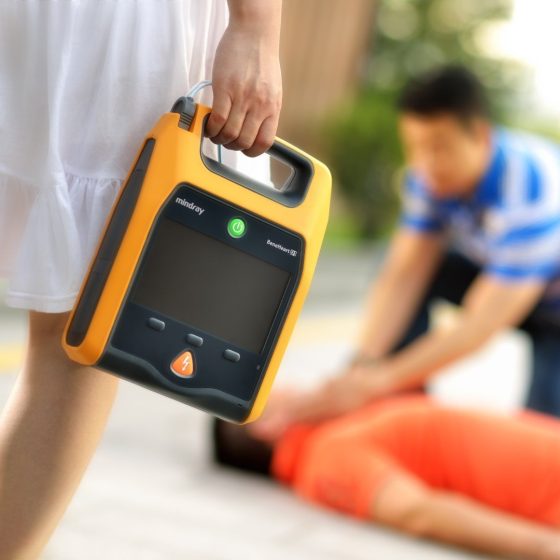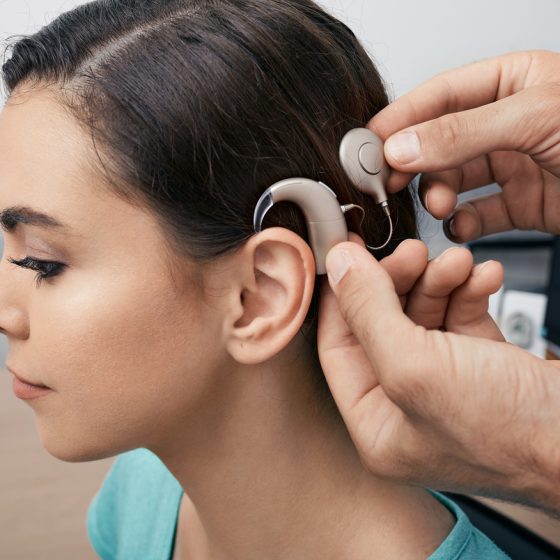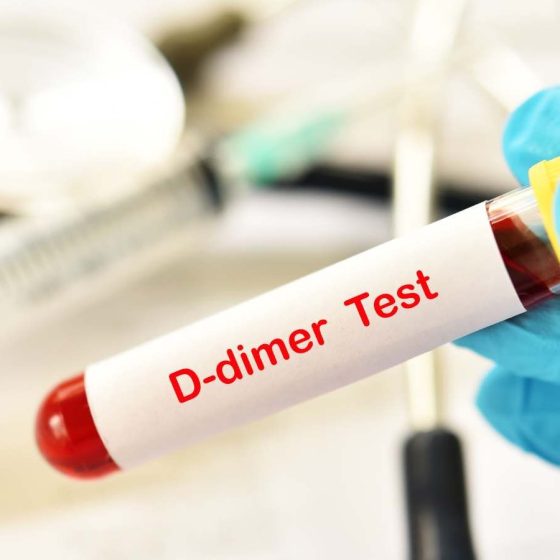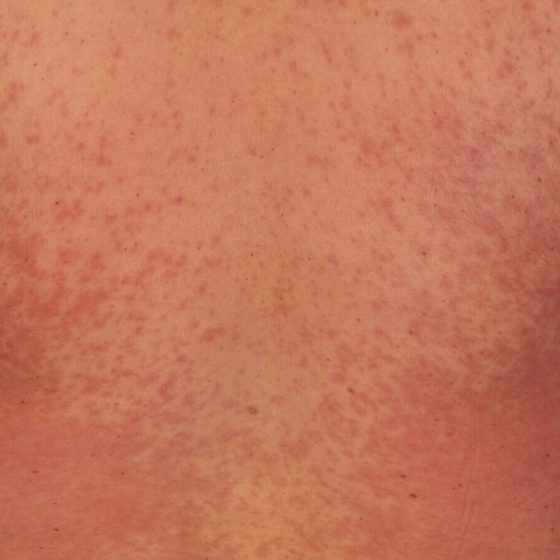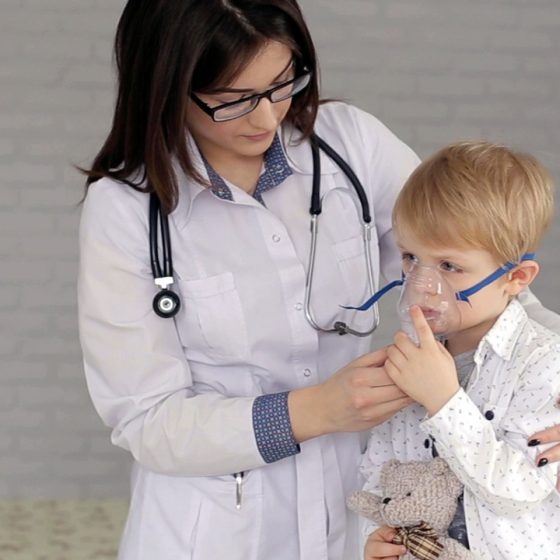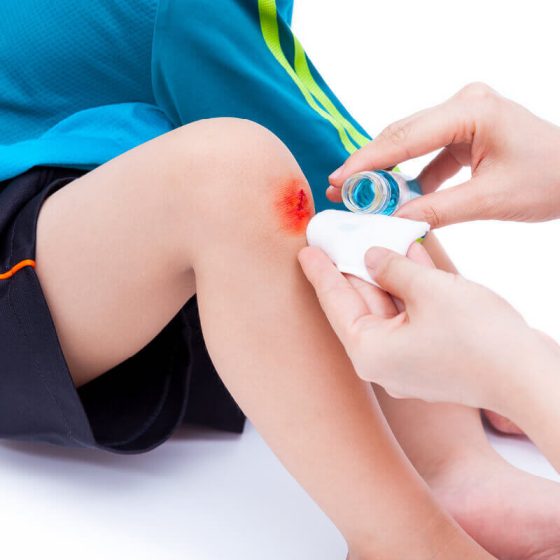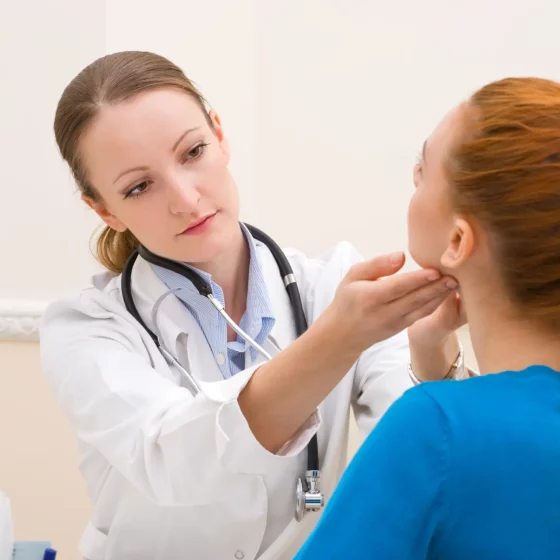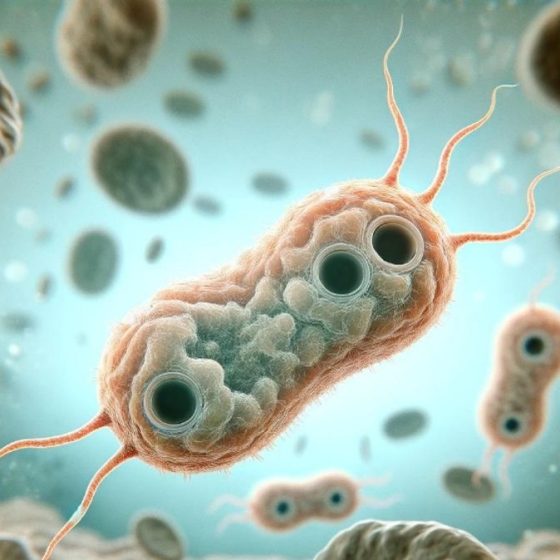Deficiency (vitamin A)
What is vitamin A deficiency? Vitamin A deficiency happens when your body doesn’t have enough vitamin A. Vitamin A deficiency usually results from what you do and don’t eat. However, a health condition can also cause it. Your body needs a certain amount of vitamin A to function well. Vitamin A deficiency is rare in developed countries like Australia where you can generally get fresh produce. You can get enough vitamin A by eating fruit, vegetables and health proteins. Vitamin A is a fat-soluble vitamin. This means it gets stored in your body’s own cells. If you don’t eat vitamin

